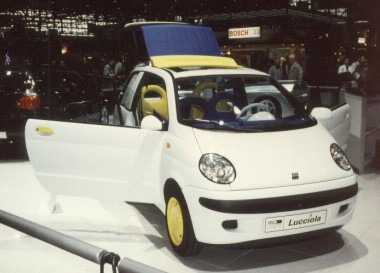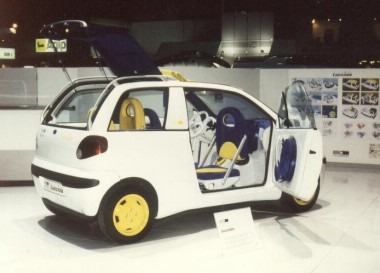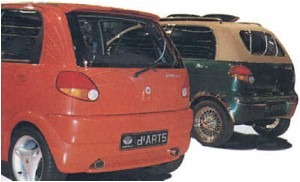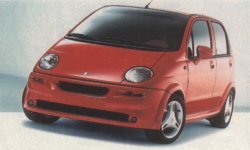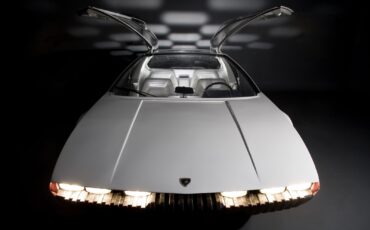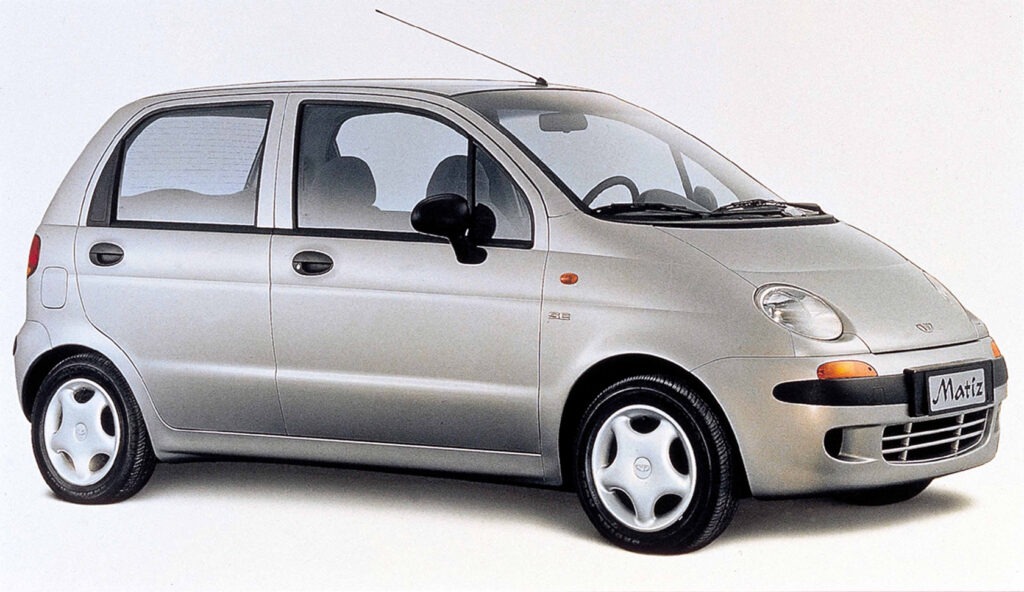
In the annals of recent automotive history, the genesis of iconic cars often involves a blend of visionary design, technological innovation, and corporate foresight. The story of the Daewoo Matiz is no exception, tracing its roots back to the fertile grounds of Italian design and South Korean ambition.
Fiat's request
It all began in 1992, when ANFIA, the Italian automotive industry association, summoned renowned “carrozzerie” (coachbuilders) to reimagine the timeless Fiat Cinquecento. This call to reinterpretation, backed by Fiat itself, led to the unveiling of the Fiat Cinquecento ID by Italdesign at the Turin Motor Show. Among other interpretations from esteemed design houses like Pininfarina, Bertone, Zagato, and Maggiora, the ID stood out as a symbol of compact agility tailored for urban landscapes.
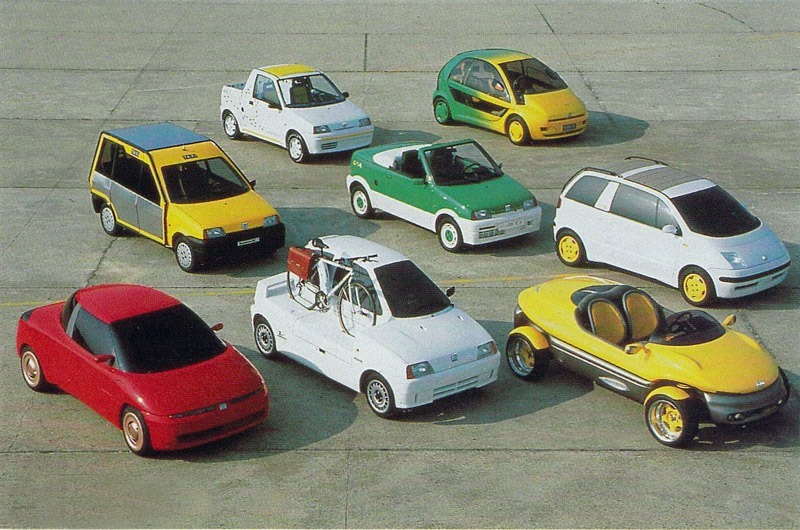
The Lucciola
The following year witnessed the transformation of the static ID Cinquecento into the dynamic Lucciola prototype, a metamorphosis that would pave the way for the Daewoo Matiz. Named in homage to the coachbuilder Francis Lombardi, renowned for its Fiat-based custom models, the Lucciola embodied a vision of eco-friendliness and versatility. Crafted with recyclable materials and featuring an aluminum body, the Lucciola embraced an electrically-driven hybrid system, promising both spirited performance and environmental stewardship.
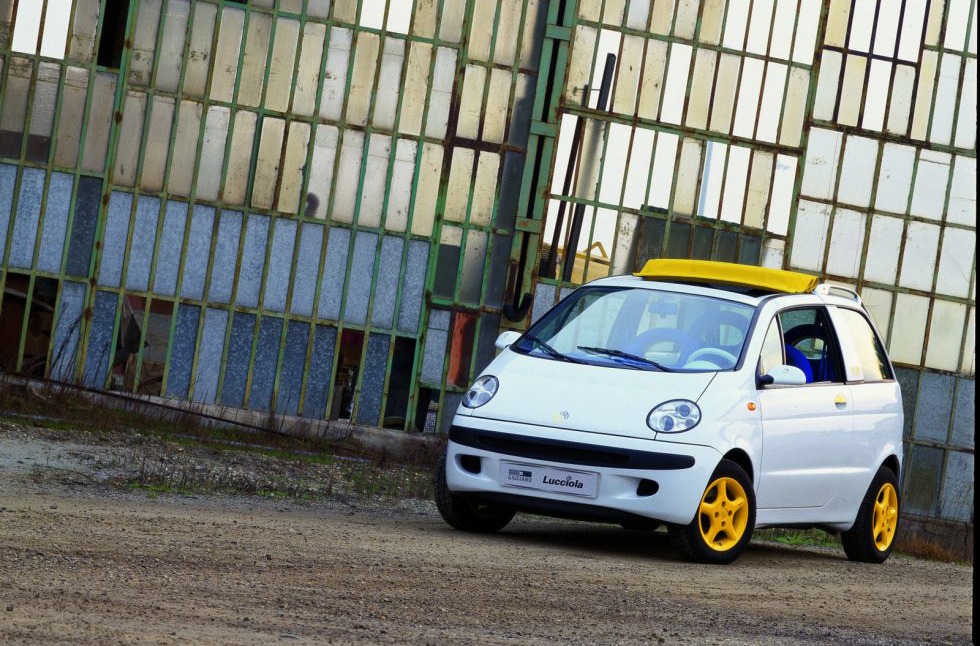
Unveiled at prestigious events like the Geneva and Bologna Motor Shows in 1993, the Fiat 500 Lucciola captivated audiences with its innovative hybrid technology and adaptable design. Despite Fiat’s initial interest, the project ultimately foundered, leading to the resurgence of the Seicento as a modern interpretation of the Cinquecento’s legacy.
Daewoo's Vision: From Lucciola to d'Arts
Enter Kim Woo-choong, the visionary president of Daewoo, who recognized the potential of the Lucciola as the foundation for a new small car. Collaborating with Giugiaro, the acclaimed designer behind the Lucciola, Daewoo embarked on a journey to redefine urban mobility.
The result of this collaboration was the d’Arts, a compact marvel that retained the essence of the Lucciola while refining its form and function. With its MPV body, innovative floor structure, and judicious use of plastic materials, the d’Arts promised a blend of practicality and style.
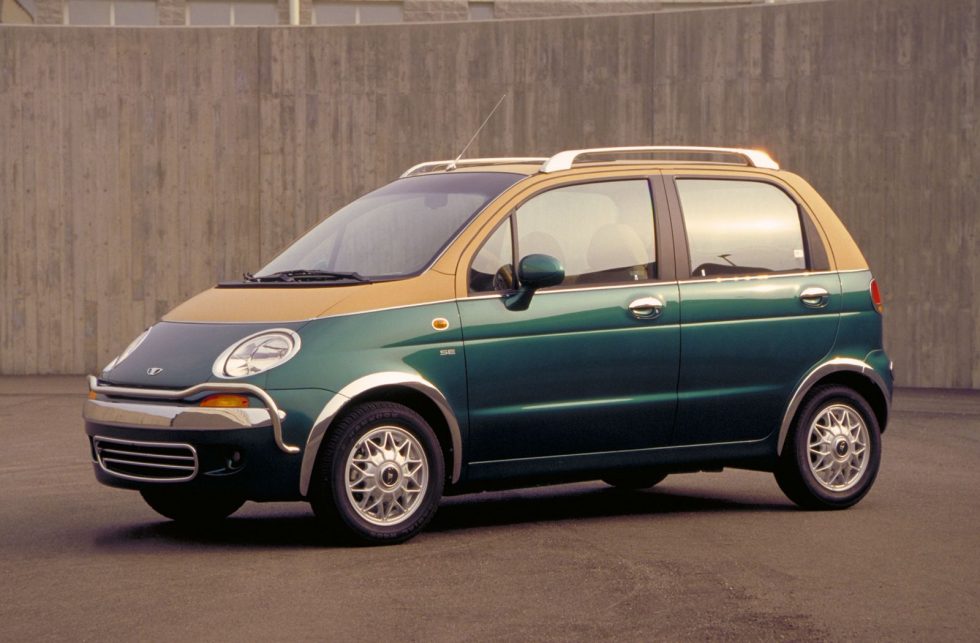
The Birth of Daewoo Matiz: From Prototype to Production
In 1997, the d’Arts emerged from the cocoon of prototyping with a new identity: the Daewoo Matiz. Symbolizing shade and shelter in Spanish, the Matiz embodied a fresh perspective on urban transportation. From its debut at the Seoul Motorshow to subsequent exhibitions showcasing variants like the d’Arts City, Style, and Sport, the Matiz captured hearts with its distinctive design and spirited performance.
Embodying the ethos of the M Series, denoting microcar lineage and the dawn of a new generation, the Matiz marked a milestone in automotive evolution. With its compact dimensions and versatile 5-door configuration, the Matiz transcended boundaries, earning acclaim both domestically and abroad.
Design and Features: The Matiz's Endearing Qualities
Featuring rounded contours, circular lighting, and an array of vibrant colors, the Matiz exuded charm and charisma at every turn. Despite its diminutive stature, it accommodated five passengers comfortably, earning accolades as a mini minivan with a big heart.
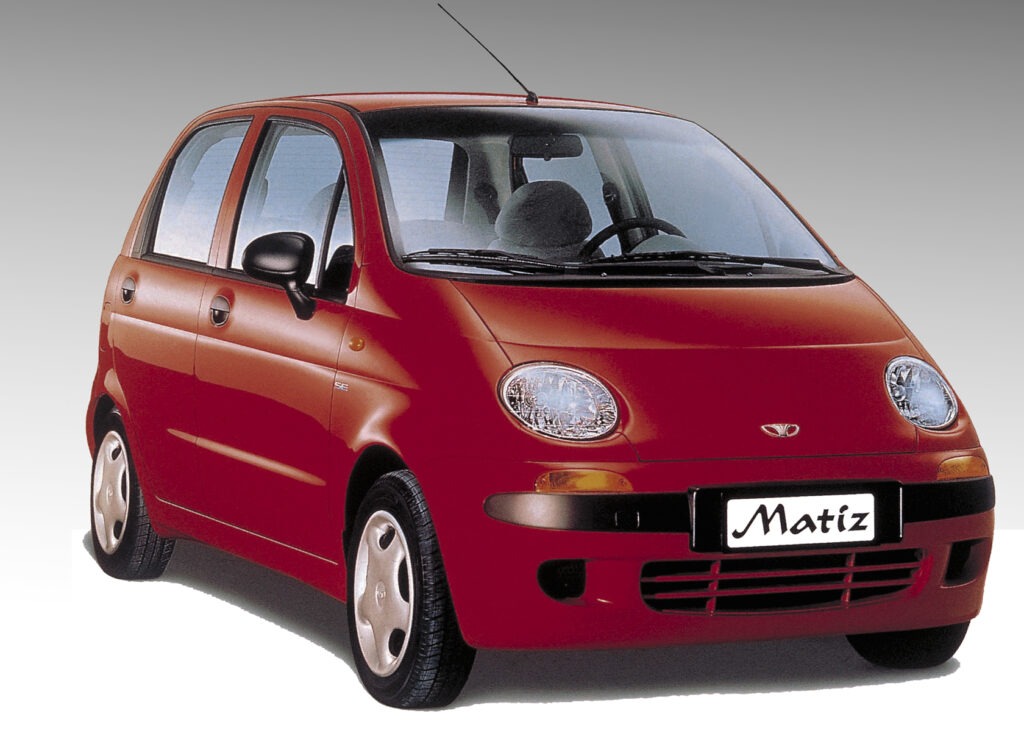
Conclusions
As it cruised into the annals of automotive history, the Daewoo Matiz left an indelible mark on the urban landscape. Its legacy endures as a testament to the power of collaboration, innovation, and the relentless pursuit of excellence. From Fiat’s conceptual spark to Daewoo’s transformative vision, the Matiz stands as a shining beacon of ingenuity in motion.

